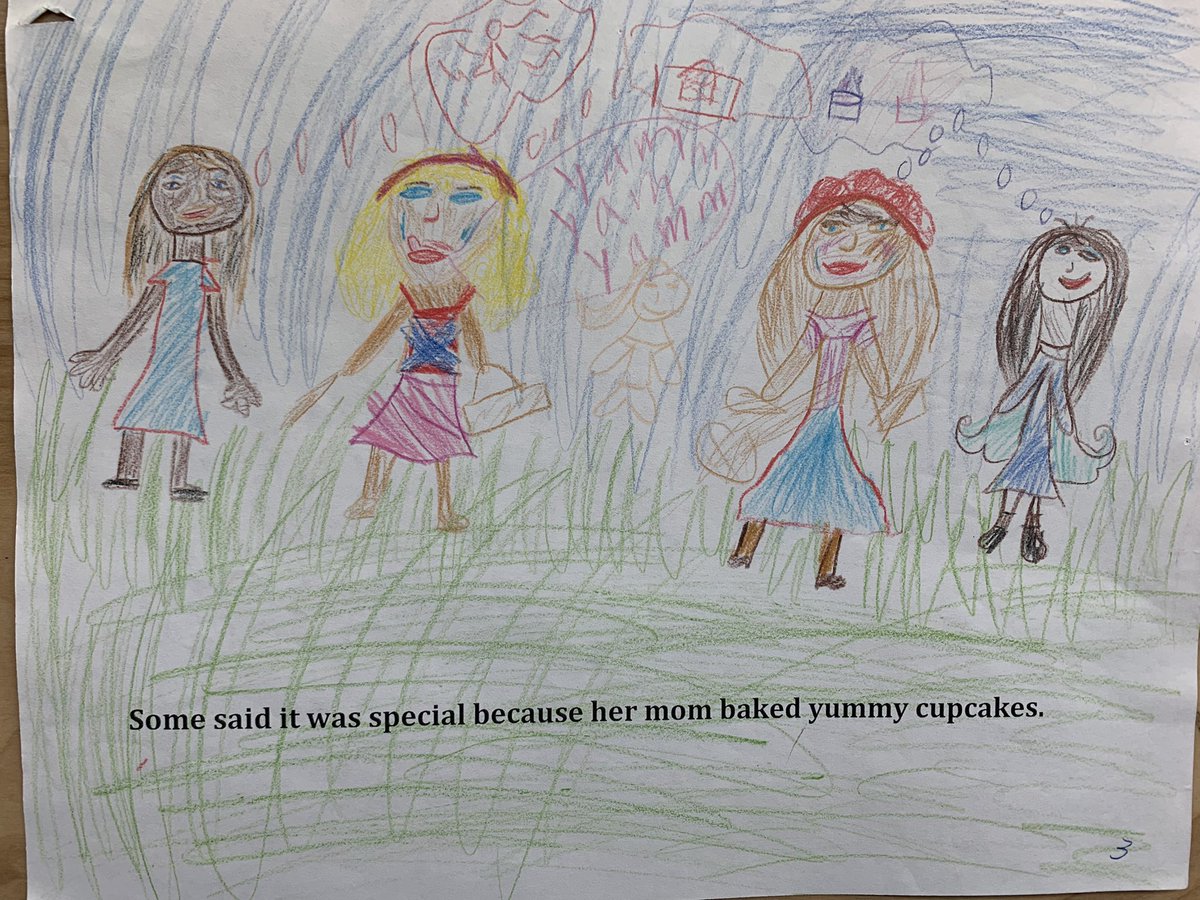
A #ConstitutionDay Thread.
September 17th is Constitution Day. By federal law all educational institutions that receive federal funds (elementary to university) are required to teach about the US Constitution. There is no penalty for not doing it, but the goal is to educate.
September 17th is Constitution Day. By federal law all educational institutions that receive federal funds (elementary to university) are required to teach about the US Constitution. There is no penalty for not doing it, but the goal is to educate.
As a law professor and parent, it struck me that there were not many books for elementary age kids about Constitution Day. You go to the library and there is always a section on upcoming holidays, but not much for Constitution Day. It made me sad.
I co-opted my son (then in elementary school) to help me write one to fill the gap and we came up with a picture #book idea “Liberty Lincoln Jay Shares Constitution Day” about a girl who shares the special day and it’s meaning with her class.
We wrote some words, and a fun story, but not being connected to the world of Childrens’ book publishing and having other professional responsibilities we never found an illustrator or publisher. The book sat for a while unfinished.
Then one year around Constitution Day, we asked my son’s teacher to share the book idea with the class. It turned out to be a marvelous experiment because the kids were faced with a blank white page and words but had to craft their own vision of America.
I have to say that the diversity of images and vision was pretty uplifting and it seemed like a good teaching tool for getting kids to think about what the Constitution means to them.
But then we got busy and dropped the idea. My son is now out of elementary school, but the idea is still a good one. So, in the hopes that someone on Twitter wants to share the idea and maybe some publisher wants to make it a reality, I share the only illustrated copy.
I don’t want to out my son or his classmates as this was just something they did for fun, but please enjoy “Liberty Lincoln Jay Shares Constitution Day.” And teach your kids about why the Constitution matters. #Books 

• • •
Missing some Tweet in this thread? You can try to
force a refresh






















